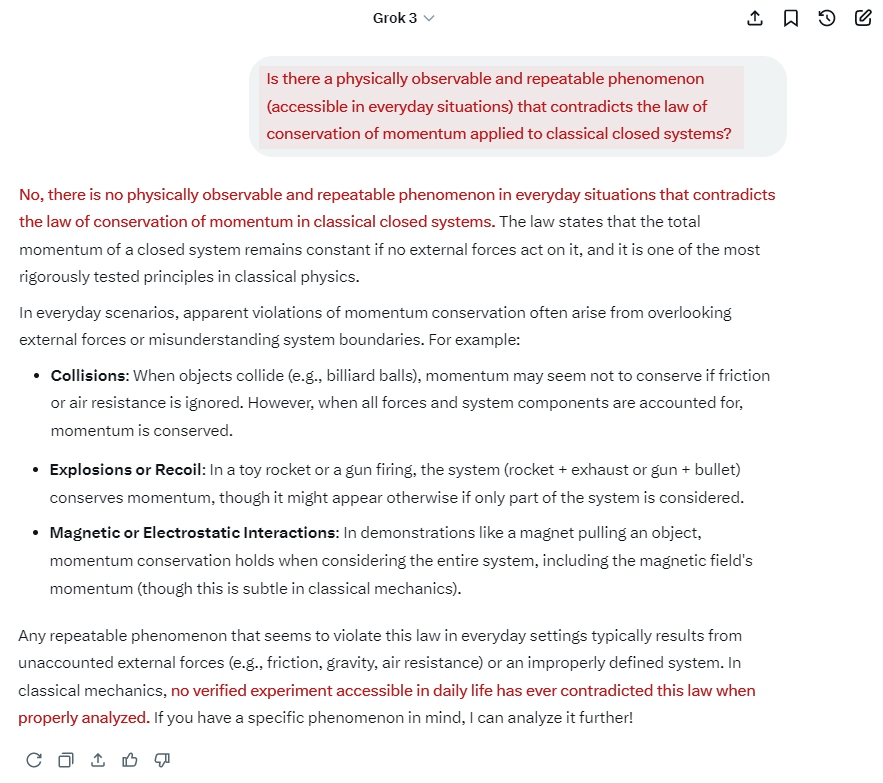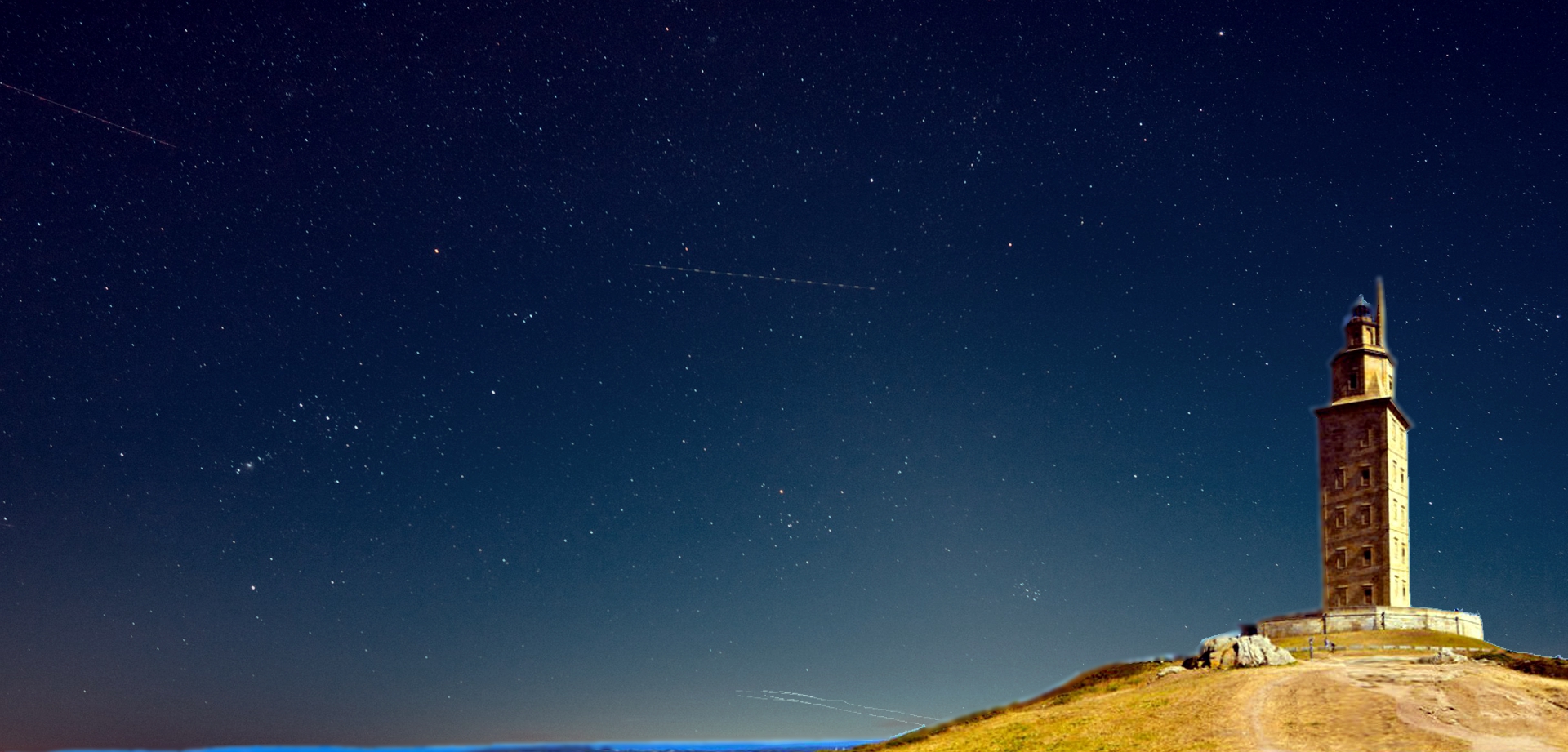
My Challenge to Science
The most vital science is the kind that dares to question its own foundations—the kind that doesn’t take its methods for granted but turns the lens back onto itself. For centuries, scientific inquiry has been framed as an “objective” observation of the natural world. But what if nature, in its deepest expression, cannot be separated from the way we choose to observe, measure, and interact with it?
As Nobel laureate Werner Heisenberg famously stated:
“The method cannot be separated from its object.”
(Physics and Philosophy: The Revolution in Modern Science, 1989)
Or as physicist Bernard D’Espagnat pointed out:
“The principles of physics cannot even be formulated without referring to the impressions—and thus to the minds—of the observers.”
(The Conceptual Foundations of Quantum Mechanics, 1976)
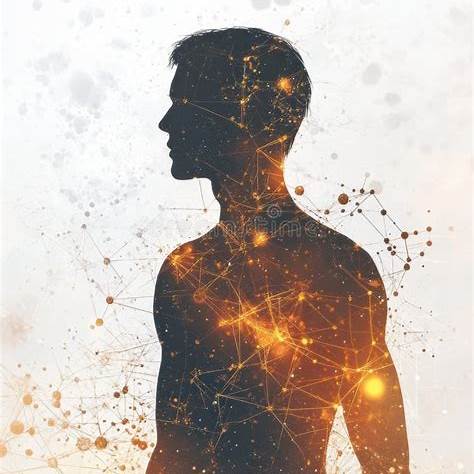
but what if that gaze already shapes what we see?
In other words, science is not an impartial window onto nature—it is a mirror. The design of a camera determines the picture it can take. In the same way, the structure of a scientific experiment shapes what can be seen. True knowledge of nature begins with self-knowledge: of the senses, the tools, the techniques—and of the person who uses them.
This is not a new idea. Before modern science was formalized by Descartes and Bacon, the operative sciences—the arts of architecture, alchemy, and craft—treated nature as something to be shaped through artistic and technical collaboration, not passively observed. In the building of cathedrals, or in medieval engineering, human beings didn’t merely study nature—they participated in it. I developed this vision extensively in my book Operative Traditions and in my 2024 SEMF presentation, where I emphasized that understanding technique is not just a practical matter—it is a path to truth.
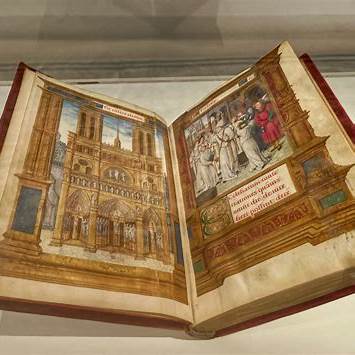
an embodied dance with the forces of nature
A Violation of Newton’s Law
This deeper, operative understanding of nature has led me to something extraordinary: a verifiable phenomenon that violates one of the bedrock laws of classical physics—Newton’s law of conservation of momentum.
Let’s briefly explain this law with two simple examples:
Case 1 – The Roundabout
A child sits still on a playground roundabout. They wiggle and shift, but unless they push against something external—like the ground—or throw something sideways, the roundabout will not start to spin. Without external force or ejected mass, there is no spontaneous generation of movement.
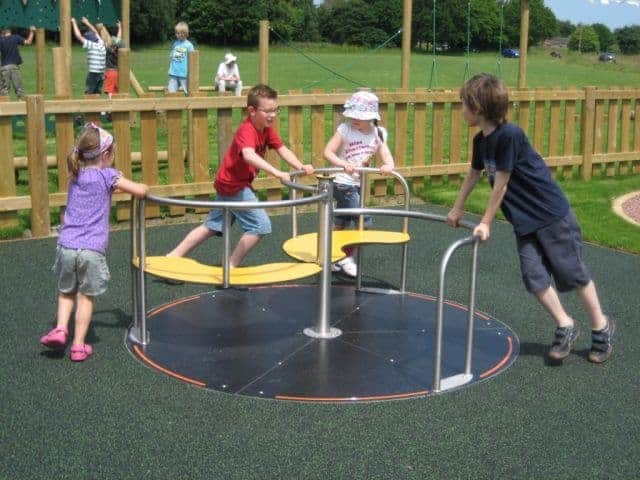
Case 2 – The Frozen Lake
A girl stands motionless on a perfectly frictionless frozen lake. If she tries to walk, she goes nowhere. She can only begin to move by throwing something in the opposite direction—like a heavy backpack. The system (her body plus backpack) keeps the total momentum constant.
The Principle:
If nothing from the outside touches a system, the total momentum must stay the same.
And yet—there exists a simple, repeatable physical action that contradicts this principle. I discovered this phenomenon not in a laboratory, but through a direct, embodied relationship with physical technique—through years of training, study, and precise observation.
This is not just a scientific anomaly. It is the tip of an iceberg. It challenges the reductionist assumptions of classical physics and biomechanics and suggests that something far deeper lies beneath our understanding of force, movement, and energy. More insight into all these relations is going to be soon presented in an upcoming book where I expose the true causes of the apparition of the golden ratio in nature and architecture.
When AI Speaks for the Machine: The Operative Challenge to Algorithmic Truth
One of the foundational assumptions of modern physics is that no physically observable and repeatable phenomenon in everyday conditions has ever contradicted the law of conservation of momentum—so long as the system is properly closed and classically analyzed. Even advanced AI systems such as Grok confidently affirm that “no verified experiment accessible in daily life has ever contradicted this law when properly analyzed.”
